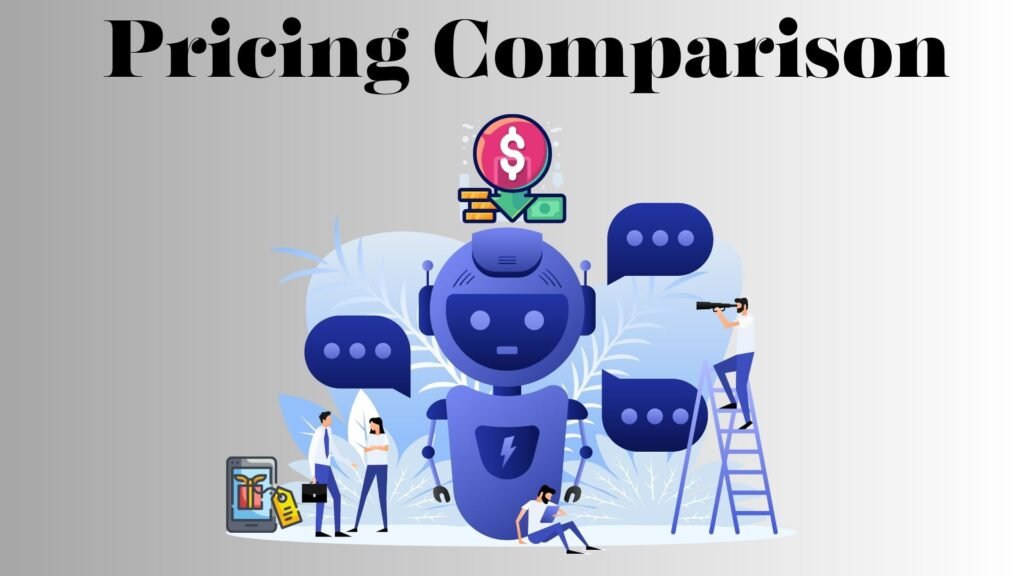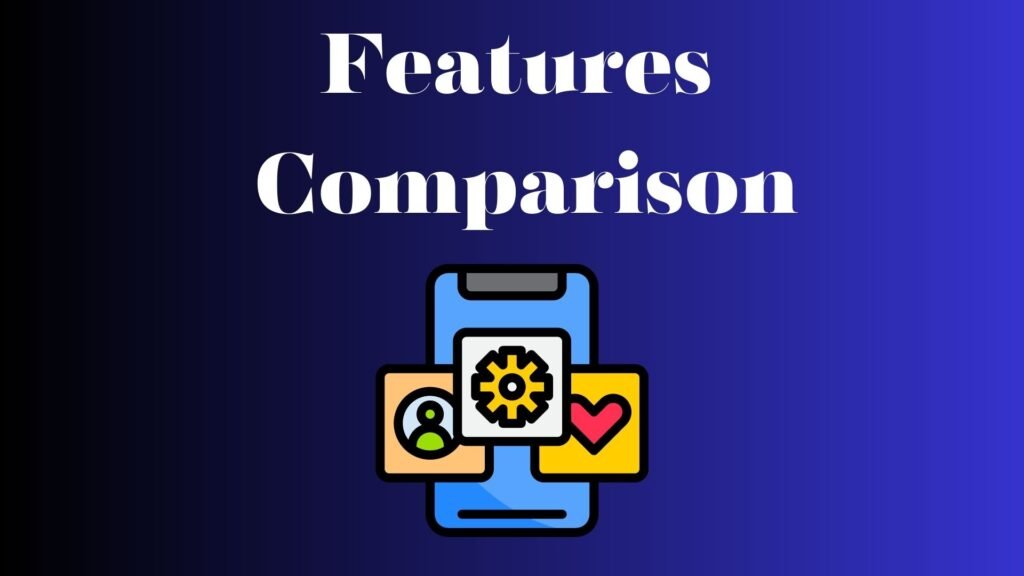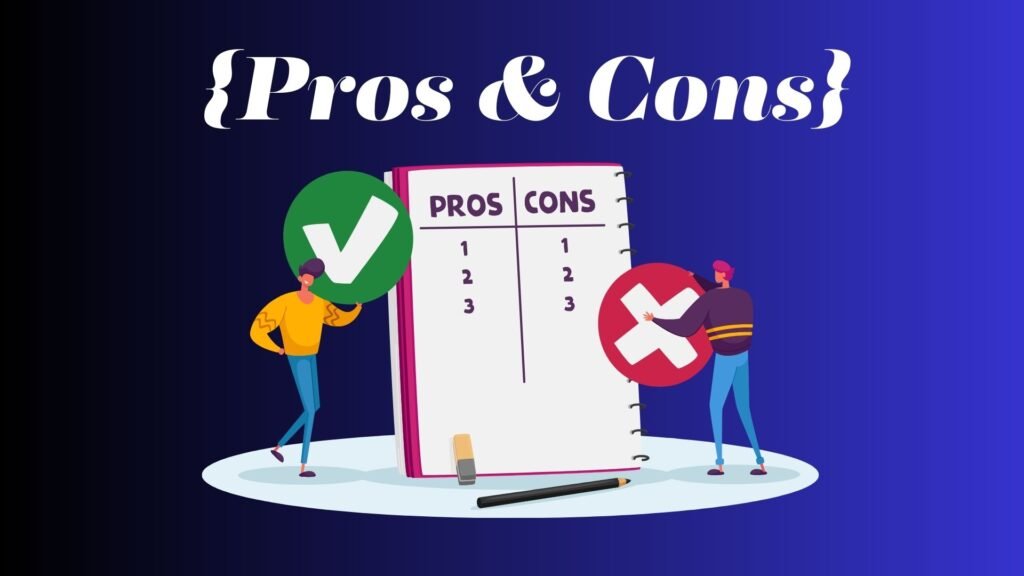In the grand arena of email marketing, two contenders have been making some serious waves. You’ve heard their names whispered in the hallowed halls of digital marketing forums: Drip and TinyEmail.
But when it comes to “Drip vs TinyEmail“, which email marketing solution comes out on top? Stick around as we delve into a detailed comparison of these two platforms, armed with our trusty magnifying glass and an unquenchable thirst for knowledge.
Understanding Email Marketing

Email marketing is the star player in the game of audience engagement, serving as a key channel to build relationships and turn subscribers into brand advocates.
In the realm of email marketing solutions, the Drip vs TinyEmail matchup is a noteworthy one to consider..These offer tools for targeted email campaigns, automated workflows, and audience segmentation. They can even help recover abandoned carts and integrate various other marketing tools.
But how do Drip and TinyEmail fare in a direct comparison? Let’s delve into this Drip vs TinyEmail face-off, examining features, pricing, customer support, and more.
We’ll also explore some alternatives to give you a rounded perspective. Let’s dive into the captivating world of email marketing.
Drip vs TinyEmail: Overview

Diving into the heart of email marketing tools, we are met with a compelling face-off: Drip vs TinyEmail.
These two robust platforms each present a unique blend of features, designed to optimize your email marketing campaigns and boost your audience engagement.
Let’s embark on this exploration of their core offerings, and unravel the strengths of each contender in this intriguing comparison.
Drip Email Marketing: An Overview
In the competition of Drip vs TinyEmail, Drip has made a name for itself as an effective email marketing software, providing features such as automated workflows and targeted email campaigns that cater to businesses of various sizes. These include:
- Automated Workflows: Streamline your email marketing processes with Drip’s automated workflows. This feature allows you to set up a series of emails that are automatically sent out based on specific triggers and user actions.
- Audience Segmentation: Target your emails to specific sections of your email list based on their behavior, preferences, and other criteria. This ensures your marketing emails are relevant and personalized.
- Targeted Emails: Drip allows you to send highly targeted emails to your audience based on their interactions with your business, increasing engagement and conversion rates.
- Analytics and Reporting: With Drip, you can track the performance of your email campaigns with detailed analytics and reports, helping you understand what works and where improvements can be made.
- Integration Capabilities: Drip integrates seamlessly with a variety of platforms, from CRM tools to e-commerce platforms, enhancing its functionality and ease of use.
- Drip Campaigns: Create and manage drip campaigns, a series of emails sent out automatically on a schedule, to engage your audience and nurture leads.
TinyEmail: An Overview
In the comparison of Drip vs TinyEmail, TinyEmail emerges as an email marketing solution that has been garnering attention for its robust features and user-friendly interface. Its standout features include:
- Email Builder: With TinyEmail’s email builder, creating visually appealing and responsive emails is a breeze, even for those without any coding knowledge.
- Interactive Emails (AMP): TinyEmail lets you create interactive emails that encourage user engagement and increase conversions.
- Personalization: Personalize your marketing emails based on subscriber data to make them more relevant and engaging.
- Dynamic Content: With TinyEmail, you can include dynamic content in your emails that changes based on user behavior, location, and other factors, making your emails more relevant and engaging.
- Audience Segmentation: Like Drip, TinyEmail also offers audience segmentation, allowing you to send targeted emails to specific sections of your email list.
- Integrations: TinyEmail integrates with a variety of platforms, making it a versatile and flexible email marketing solution.
- Analytics: Track and analyze the performance of your email campaigns with TinyEmail’s detailed analytics, helping you refine your strategies and boost effectiveness.
When it comes to Drip vs TinyEmail, your selection ultimately depends on your business specifics, budget, and personal choice.
These platforms, each boasting it’s unique array of features, are designed to elevate your email marketing campaigns, providing diverse approaches in this head-to-head contest.
Drip vs TinyEmail: Pricing

Discussing Drip vs TinyEmail from a pricing perspective, both platforms offer a variety of options to cater to diverse business needs and budgets. Let’s take a closer look at the pricing structures they provide:
Drip Pricing:
- Free Trial: Drip offers a 14-day free trial with no credit card required. This includes access to all features, free migration, and no credit card requirement.
- Basic Plan: Starting at $39 per month, the Basic plan supports up to 2,500 subscribers, unlimited email sends, and provides phone, email, and live chat support.
TinyEmail Pricing:
TinyEmail’s pricing is tiered based on the number of emails you send per month and the features you need.
- Free Tier: After a full-featured 7-day trial, you can continue using TinyEmail for free. This plan supports up to 500 subscribers and includes features such as forms & popups, automation emails, AI subject line assistant (limited to 15/day), and limited sender identities.
- Standard Plan: Priced at $15 per month, this plan includes everything in the Free tier plus support for unlimited subscribers, premium & AMP templates, custom modules, and AI subject line assistant increased to 45/day.
- Pro Plan: At $65 per month, the Pro plan offers everything in the Standard plan plus unlimited custom segments, AI subject line assistant with no daily limit, dedicated IP, unlimited sender identities, and priority support.
- Enterprise Plan: For larger businesses, TinyEmail offers a customizable Enterprise plan with features such as high-volume email sending, enhanced delivery, premium dedicated IP, API access (coming soon), dedicated instance, and account managers.
When playing the game of Drip vs TinyEmail, both contenders sweeten the deal with a free trial.
This means you can take each for a test drive, kick the tires, and see if they’re a good fit for your needs before pulling out your credit card.
Drip vs TinyEmail: Features Comparison

Both Drip and TinyEmail, in the grand face-off of Drip vs TinyEmail, offer a range of features designed to help businesses create, manage, and optimize their email marketing campaigns.
Let’s delve into the comparison of the key features provided by each platform.
Drip Features:
- Automated Workflows: Automate your email marketing with Drip’s robust workflows, reducing manual tasks and increasing efficiency.
- Audience Segmentation: Segment your audience based on a variety of factors, enabling more personalized and targeted email marketing campaigns.
- Email Campaigns: Create and manage email campaigns with ease, including regular newsletters and automated drip campaigns.
- Integration: Drip seamlessly integrates with various CRM and e-commerce platforms, enhancing functionality and providing a more streamlined experience.
- Analytics and Reporting: Drip provides detailed analytics and reports, helping you understand the performance of your email campaigns and make data-driven decisions.
TinyEmail Features:
- Email Builder: Create beautiful, responsive emails without needing any coding knowledge using TinyEmail’s email builder.
- Interactive Emails (AMP): Boost user engagement with interactive emails that include dynamic content, display rules, and real-time content.
- Personalization: Personalize your marketing emails based on subscriber data, improving relevancy and engagement.
- Audience Segmentation: Like Drip, TinyEmail also offers audience segmentation, allowing for more targeted and personalized email marketing.
- Integrations: TinyEmail integrates with a range of platforms, enhancing its flexibility and ease of use.
- Analytics: Track and analyze the performance of your email campaigns with TinyEmail’s detailed analytics.
Both Drip and TinyEmail, standing as titans in the Drip vs TinyEmail match-up, offer a comprehensive suite of features to aid in your email marketing efforts.
The best choice will hinge on your specific requirements, budget, and the platform’s compatibility with your existing systems.
Pros and Cons: Drip and TinyEmail

“The world of email marketing is vast and filled with options. It’s a bit like a buffet; you’ve got to know what’s on offer before you load up your plate.
In the feast of Drip vs TinyEmail, let’s take a look at the pros and cons to help you make a well-rounded decision.
Drip
Pros:
- Advanced Email Automation: Drip’s robust automated workflows make it easier to manage and optimize your email marketing campaigns.
- Integration: Seamless integration with a variety of CRM and e-commerce platforms allows for a more efficient and streamlined marketing process.
- In-depth Analytics and Reporting: Detailed reports and analytics provide valuable insights into the performance of your email campaigns, enabling you to make data-driven decisions.
- Audience Segmentation: Drip’s audience segmentation feature allows for more targeted and personalized email marketing, potentially increasing engagement and conversions.
Cons:
- Pricing: Compared to TinyEmail, Drip’s pricing can be a bit steep, especially for small businesses or startups on a tight budget.
- Learning Curve: Some users may find Drip’s interface and features a bit complex and difficult to master initially.
TinyEmail
Pros:
- User-friendly Email Builder: TinyEmail’s intuitive email builder allows you to create beautiful, responsive emails with no coding knowledge required.
- Interactive Emails: The ability to include dynamic and real-time content in your emails can significantly boost user engagement.
- Personalization: With TinyEmail, you can personalize your marketing emails based on subscriber data, making them more relevant and engaging.
- Flexible Pricing: TinyEmail’s tiered pricing structure, including a free plan, offers a range of options to suit different budgets and business needs.
Cons:
- Limited Free Plan: While TinyEmail does offer a free plan, it comes with limitations in terms of features and capabilities.
- No Dedicated IP in Lower Tier Plans: A dedicated IP, which can improve email deliverability, is only available in the Pro and Enterprise plans.
- Newer on the Market: As a newer product in the email marketing software market, TinyEmail may not have as many integrations or as much functionality as more established platforms like Drip.
When considering Drip vs TinyEmail for your email marketing needs, it’s essential to weigh these pros and cons against your specific requirements, budget, and existing systems.
Customer Support: Drip vs TinyEmail

Choosing an email marketing platform without considering customer support is like going on a road trip without a spare tire – not a great idea.
In our Drip vs TinyEmail showdown, let’s not forget to check out the customer support corner and see who’s throwing more weight:
Drip Customer Support:
- Email Support: Drip provides email support for all its customers, allowing you to get answers to your questions or issues directly from their support team.
- Live Chat Support: For immediate assistance, Drip offers live chat support, ensuring that help is just a click away when you need it.
- Phone Support: Available to customers on the Basic plan and above, phone support allows you to speak directly with a Drip representative for more complex issues.
- Knowledge Base: Drip’s comprehensive online knowledge base provides a wealth of information and resources to help you understand and use the platform effectively.
- Free Migration and Workflow Implementation: For new customers, Drip offers free migration from your current platform and assistance with setting up your workflows, a valuable service that can save time and reduce the learning curve.
TinyEmail Customer Support:
- Email Support: Like Drip, TinyEmail also offers email support to all customers. You can send them your queries or issues and expect a response from their support team.
- Live Chat Support: TinyEmail’s live chat support is available for immediate assistance with any issues or questions you may have while using the platform.
- Knowledge Base: TinyEmail provides an online knowledge base with various resources and guides to help you navigate the platform and make the most of its features.
- Priority Support: Available to customers on the Pro plan and above, priority support ensures that your queries and issues are addressed as a matter of priority.
Remember, the quality of customer support can significantly impact your experience with an email marketing platform. Consider this aspect carefully when deciding between Drip vs TinyEmail.
Alternatives to Drip and TinyEmail

While the Drip vs TinyEmail bout presents two formidable contenders in the email marketing ring, exploring other options never hurt anyone.
Every platform flexes its unique muscle, with strengths and features that may cater to diverse business needs. Here are a few other champs you might consider stepping into the ring with:
MailChimp
As one of the most well-known email marketing platforms, MailChimp provides a broad range of features, including email automation, audience segmentation, and analytics. It also offers a free plan for small businesses just starting with email marketing.
SendinBlue
SendinBlue is another comprehensive email marketing solution that offers features like email automation, transactional emails, SMS marketing, and more. It’s known for its user-friendly interface and competitive pricing, including a free tier.
ConvertKit
Particularly popular among bloggers and creators, ConvertKit offers robust email automation, landing pages, and audience segmentation features. It also provides a free plan for up to 1,000 subscribers.
ActiveCampaign
ActiveCampaign is a powerful email marketing platform that also offers CRM capabilities. Its features include advanced email automation, sales automation, and lead scoring, making it a good fit for businesses looking for a more comprehensive marketing and sales solution.
Constant Contact
Venturing beyond the Drip vs TinyEmail comparison, we stumble upon Constant Contact, another remarkable player in the email marketing arena. Known for its user-friendly interface and rich feature set, it offers an appealing alternative for businesses seeking to optimize their email marketing strategies.
So, When considering Drip vs TinyEmail and other alternatives, it’s essential to take into account your specific needs, budget, and the size and nature of your business.
Look for a platform that not only provides the features you need but also offers good customer support and fits within your budget.
Check out our other Blogs
Final Thoughts: Drip vs TinyEmail

Juggling between Drip and TinyEmail in the great email marketing circus, or perhaps considering another platform altogether, hinges largely on your specific requirements, business scale, and budgetary considerations.
The Drip vs TinyEmail showdown presents two strong contenders, both boasting robust features and competitive pricing, thus making them excellent choices for enterprises of all sizes, from startups to conglomerates.
Drip
Drip’s strength lies in its automation capabilities, particularly its visual workflow builder, which allows you to create complex, automated workflows with ease.
With features like multi-channel marketing, comprehensive analytics, and advanced segmentation, Drip is a powerful tool for businesses looking to optimize their email marketing efforts.
TinyEmail
TinyEmail, on the other hand, stands out for its user-friendly interface and its focus on interactive, dynamic content.
Its unique features, like the AI subject line assistant and AMP emails, offer innovative ways to engage with your audience and boost your email marketing effectiveness.
In the battle of Drip vs TinyEmail, there’s no clear winner. It’s all about finding the platform that best meets your needs.
Consider your business’s size, the complexity of your email marketing needs, your budget, and the level of customer support you require.
Whichever you choose, rest assured that both Drip and TinyEmail are capable tools that can help elevate your email marketing efforts.
Conclusion
Whether you’re a small-scale startup diving into email marketing, or a large conglomerate in search of a potent tool, the Drip vs TinyEmail debate offers much to ponder.
Taking into account the distinctive features, competitive pricing, customer support quality, and aligning with your unique business requirements, you can make a well-informed decision.
After all, the champion platform for you is the one that aligns seamlessly with your marketing aspirations, amplifying your email campaigns. So, take your pick and gear up for some serious emailing fun!
